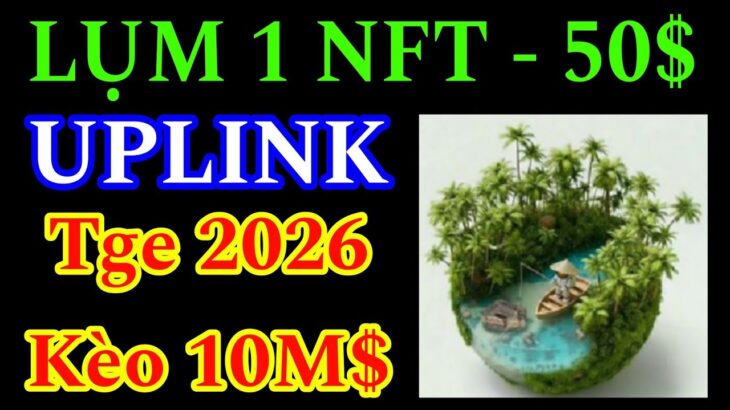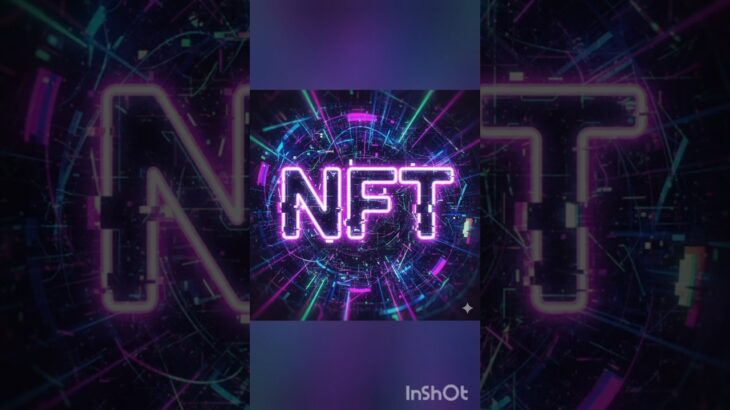NFTs, or non-fungible tokens, are a type of digital asset that has been around since 2014 but recently gained popularity. They use blockchain technology to verify ownership of digital items. Here’s a breakdown of what NFTs are and how they work:
Uniqueness: Unlike cryptocurrency, NFTs are one-of-a-kind. Every NFT has a unique identifier stored on a blockchain, a secure digital ledger. This makes them non-fungible, meaning they can’t be replicated or replaced by something identical.
Ownership: NFTs can represent ownership of digital or even physical assets. This could be digital art, music, videos, in-game items, or even things like tickets or titles to real estate. Owning an NFT gives you bragging rights and potentially some control over how the digital asset is used.
Buying and Selling: NFTs can be bought and sold on marketplaces like OpenSea or Rarible, often using cryptocurrency. The value of an NFT depends on factors like its rarity, who created it, and demand.
Creation: Anyone can create, or “mint,” an NFT. This process typically involves putting a digital file on a blockchain and adding information about it. There are often fees associated with minting NFTs.






